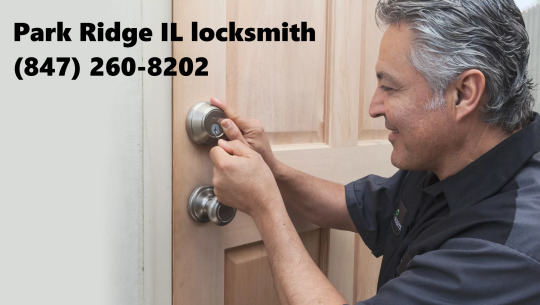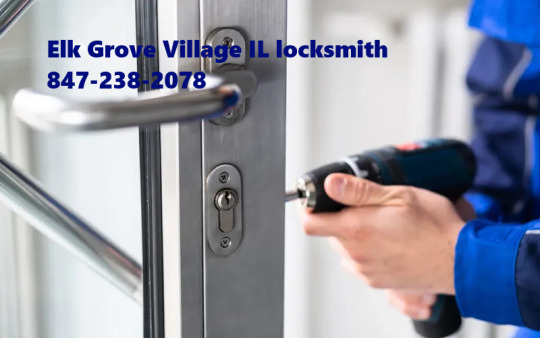#car install
Explore tagged Tumblr posts
Text
How to Install a Car Performance Chip
When it comes to enhancing your vehicle’s performance, one of the most effective and accessible upgrades is the installation of a car performance chip. This small but powerful device can significantly improve your car’s horsepower, torque, fuel efficiency, and even throttle response. In this detailed guide, we’ll walk you through how to install a car performance chip, ensuring that you can boost…
#aftermarket chips#auto mods#auto performance#auto upgrade#automotive chips#car DIY#car ECU#car ECU chip#car efficiency#car electronics#car engine#car enhancement#car improvement#car install#car installation#car modification#car optimization#car performance#car power#car tech#car tools#car tuning#car upgrade#chip installation#chip programming#chip tuning#chip upgrade#ECU chip#ECU installation#engine boost
0 notes
Text
so like i know little witch disco elysium misses the point of disco elysium but imagine a fan game where you're the little witch looking for her cat but every so often you get og disco elysium dialogue
like you interact with a bush or something and suddenly electrochemistry is talking about the smell of a rotting corpse? weird. or the hotel owner being very polite and helpful with finding your cat but randomly he's really pissed about a room you stayed in (you didnt) and he calls you officer (you're not) Cuno is there completely unchanged
and then Empathy or someone breaks through and it's revealed you were actually Harrier DuBois just dissociating and/or high off of something and he's created a complex mind prison where he's not cop investigating a murder
the game switches from whatever cutesy graphic it would naturally have to og disco elysium graphics but you still have the task of finding the cat which you assume is the murderer yada yada but then you have trouble meeting up with Kim it's a bit of a hunt asking around
and THEN it's revealed the cat is actually Kim and Harry was searching for his anchor and friend in this investigation and since it's a fan game it's gay too and the game ends there
also the Insulidian Phasmid is there the whole time and cryptically tell you to Get Out Of the Mind Prison and also ships kimharry because giant bug shipping middle aged men is funny
#AND IN THE END CREDITS KIM AND HARRY INSTALL THE NEW HEADLIGHTS IN KIM'S CAR BECAUSE IT'S CUTE AND I SAID SO#disco elysium#are there tags for the cat witch disco elysium#harrier du bois#harry dubois#kim kitsuragi
63 notes
·
View notes
Text

Carlos Saez for Miss Space
184 notes
·
View notes
Text
I don't know if I'm just being dramatic™ but lights are getting too bright and it sucks! When it's dark outside I can barely walk next to a street anymore.
#i always was quite sensitive to light#(very! good vision at night tho)#but it's becoming problematic#and it's not only car headlights (tho they are the biggest offender)#halfway to my grocery store they installed a door light which literally blinds me#i hate that!#LED#headlights
21 notes
·
View notes
Text
Park Ridge IL locksmith
Around Park Ridge this locksmith company is a popular option due to their integrity, their interest in each and every customer’s demands and of course for the countless outstanding locksmith services they provide. Referrals are the # 1 reason as to why were so successful as a locksmith here in Park Ridge, Illinois, we are thankful to possess this kind of great following in the city. call Park Ridge IL locksmith on (847) 260-8202.

#Lock re-key / Master re-key#Office Key Locksmith Near Me#Office Locksmith#Lost Car Key Locksmith Cost#Intercom system repair & installation#Home Key Locks
26 notes
·
View notes
Text
first team to tell max he can game whenever he wants gets him next year
#sick and tired of the discrimination we (gamers) face 😔#toto getting ready to call and offer to install a sim rig in the car#max verstappen#f1
26 notes
·
View notes
Text
Locksmith Palatine
If you are looking for a “24-7 locksmith near me”, then don’t worry about it. We understand that people deserve having the best treatment at all times during the day. With that being said, you can definitely count on having our locksmiths around 24 hours a day, 7 days a week. Locksmith Palatine has got your back. call us on :(847) 264-4386 .

#Home Locked Out#Rekey Locks#Ignition Car Key#Car Key Replacement#Install New Locks#Office Key Repair
25 notes
·
View notes
Text
Elk Grove Village IL locksmith
Elk Grove Village IL locksmith makes it a habit and indeed a good business practice to never keep the customer waiting. We have achieved this plan in most cases because as soon as you call us our customer service alerts the locksmith on duty to come and give you the help that you need such as cheap locksmiths rekeying locks services. call Elk Grove Village IL locksmith on (847)238-2078.


#Lock re-key / Master re-key#Office Key Locksmith Near Me#Office Locksmith#Lost Car Key Locksmith Cost#Intercom system repair & installation#Home Key Locks
24 notes
·
View notes
Text
taught my friend how to drive a stick in my car bc he wants a manual camaro and he stalled my engine so bad AND broke my clutch bc he wanted to show off
#genuinely crying rn#my 1976 chevy stingray killed by a fool#i can send it for repairs np but i'm making him pay me back in installments lol#I'll just drive my work car for now 😭#my vintage baby I'm a grieving mother#personal
14 notes
·
View notes
Text

Ant Farm, Cadillac Ranch, Amarillo, Texas. 1974
#art#architecture#installation#public art#design#ant farm#cadillac ranch#texas#amarillo#arch-art#public space#car#found object
85 notes
·
View notes
Text
I feel like considering how many people in real life end up with shitty tattoos and piercings that get fucked up/infected, if you think about sci-fi/cyberpunk cybernetic implants and genetic modification stuff realistically, than you gotta realise how often that shit's gonna go wrong.
Like, there is absolutely a chance that you wake up weaping blood and pus from your new bionic eye because the person who installed it fucked it up. Those cat ears you got using genetic modification are very cute, but the ammount of damage it did to your cells is unprecedented, and even though it's been like 2 days you probably already have terminal cancer. The neuroport on the back of your neck that you use to jack into cyberspace is infected. You accidentally left part of your bionic arm exposed, got it wet, and now you have the cyborg equivilent of nerve damage. They fucked up the neurochip instilation and it's just been bouncing around inside your crainal cavity freely for a month.
#I feel like this is a spiritual successor to that post I made about having addware installed directly into your brain a few months back#Sometimes I just like to think about cyberpunk and try to predict the car crash instead of just the car I guess#a certified themainspoon classic
23 notes
·
View notes
Text
Locksmith Des Plaines Illinois


Sometimes you might find yourself needing an automotive locksmith to help you with your vehicle lock problems. Are you trying to get your carkeys replaced with new ones and you are trying to look for a technician to make them for you? If so, we guarantee that Locksmith Des Plaines can get it done. When you call us, sit back and relax as we dispatch a professional to your site. In minutes, you will have a technician on your side helping you get out of your tough situation. call Locksmith Des Plaines Illinois on (847) 264-4496 .
-----------------------------
Discount:-
$15 off new lock change $20 off re-key services 30% off second key ignition
--------------------------------
Working Hours : -
All Day : 8:00 AM - 11:00 PM
#Home Locked Out#Rekey Locks#Ignition Car Key#Car Key Replacement#Install New Locks#Office Key Repair#Car Lockout#Emergency Locksmith Service.
40 notes
·
View notes
Text

Joana Vasconcelos’ ‘Plug-in’ Retrospective Buzzes with Three Decades of Energy and Power
85 notes
·
View notes
Text

Debated if I wanted to post this yesterday night (for some extra Halloween points) or hold off until the opportunity to color it arrived, but I’ve kinda picked up other art related things and don’t want to ruin the lineart on this sooooo….it’s probably going to remain a sketch forever lol. Just seems fitting to me this way! It was actually meant to be a redraw/reimagining of an older Halloween art piece featuring same original character (being Chloe The Lazypaw—an A Hat In Time themed character of mine). But I changed around the pose and the scenery for funsies!! >:3
#I’m still not ready to say goodbye to the spooky season guys I’m coping right now jksjspk#actally working on a little sing song cover right now so we’ll see how that goes!#just got inspired because I was singing some Halloween centric songs in the car yesterday lol#I went ‘huh actally maybe I should cover one of these-‘#but only stared working on it today << I’m always slow with these sorts of holiday uploads#well happy November I suppose gotta keep up with the passing of time :’)#I’M STILL TRYING TO CATCH UP STOP MOVING SO FASTTTT AUUU#my short legs can’t keep up no more#…sorry this is another instance/installment of me loosing all rationality in tags#the train of thought sure is going somewhere at least#hplonesome art
12 notes
·
View notes
Text

13 notes
·
View notes
Text

Prettiest princess
#lance stroll#His big brown eyes compel me#He can do no wrong to me#Jk but today absolutely#Unless they've installed ghost mode on the cars and not told us idk what he was expected to do#And hearing what Daniel had to say afterwards I just stfu man you all got fucked over by the people ahead
21 notes
·
View notes